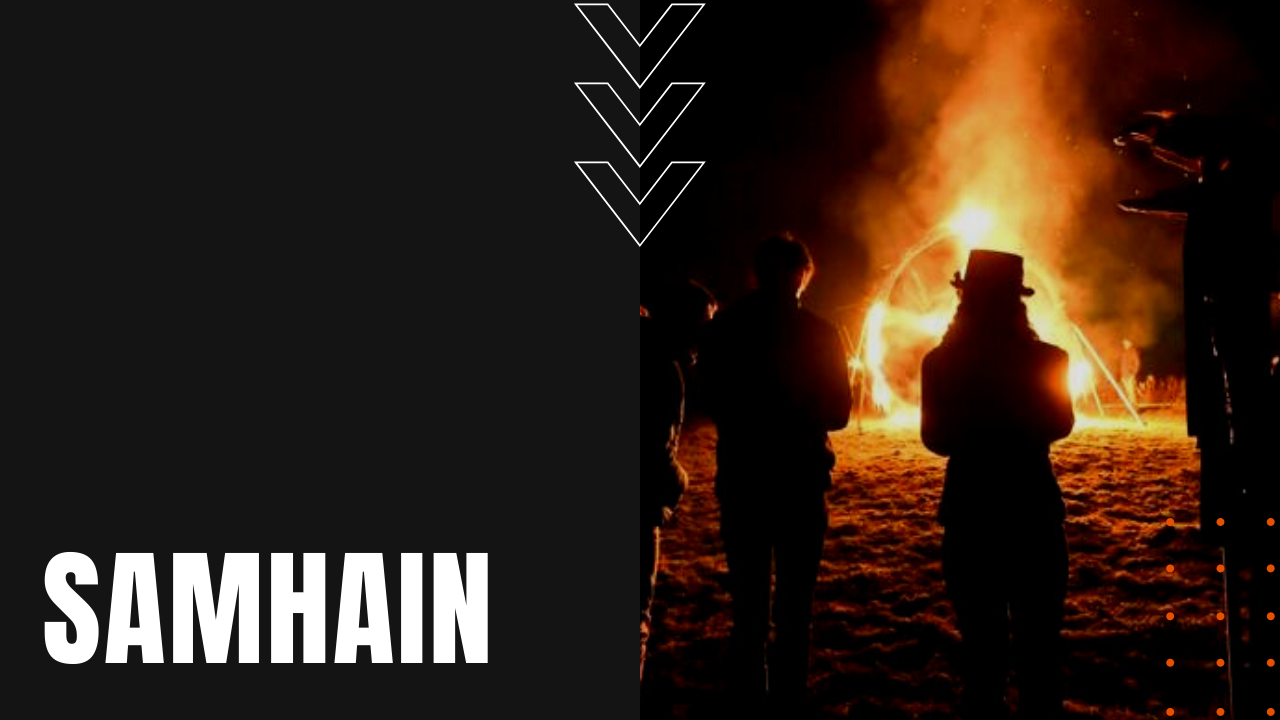Samhain: Gaelic Festival of Dark Spirits

Harkening back some 3,000 years to the Celtic tribes of Ireland, Scotland, France and the Isle of Man, Samhain was a time when people peered into the world of dark spirits on this most magical of nights.
Centuries before Christ, the Celt’s survival depended largely on animal and agricultural husbandry, which made the coming of winter the scariest time of their collective lives. Once their winter food stocks were harvested, there was a communal sense that this was all they had to carry them through the barren days of winter, giving the Celts a commonly-felt swallow of trepidation.
When is Samhain?
Now known as the progenitor to Halloween, Samhain was celebrated between the autumn equinox and the winter solstice, beginning on the evening of October 31st and ending the following sunset. As winter or the “dark half” approached, the Celts asked their priests, known as Druids, to pray for them, and the most important prayers fell on the last day of the harvest known as Samhain, which kicked off a three-day observance of Allhallowtide to remember the saints or hallows, as they were known, who comprised loved ones and friends who had died the year before.
Rituals and Traditions of Samhain
First chronicled in some of the earliest Celtic literature of the 9th century, Samhain was marked by great gatherings and feasts, which were generally held near burial mounds that were opened up to the living, on a day when the world between the living and dead was thought to be unusually thin or close together—so thin that the souls of the dead and the souls of the living could roam freely between each other in a spiritual epiphany of everlasting life.
On Samhain night only, the Celts believed that the recent dead walked the earth yet again, but not every visiting ghost was deemed friendly, so the Celts devised ways to appease these less civilized spirits, amassing at the edges of their villages dressed in costumes to disguise their identities, performing rituals and offerings in an attempt to lure evil spirits away from their homes.
They would leave food and sweets outside as gifts for the dead, a tradition that would eventually morph into trick-or-treating, after Celtic descendants immigrated to the United States, making Samhain one of the most fascinating celebrations in human antiquity.
